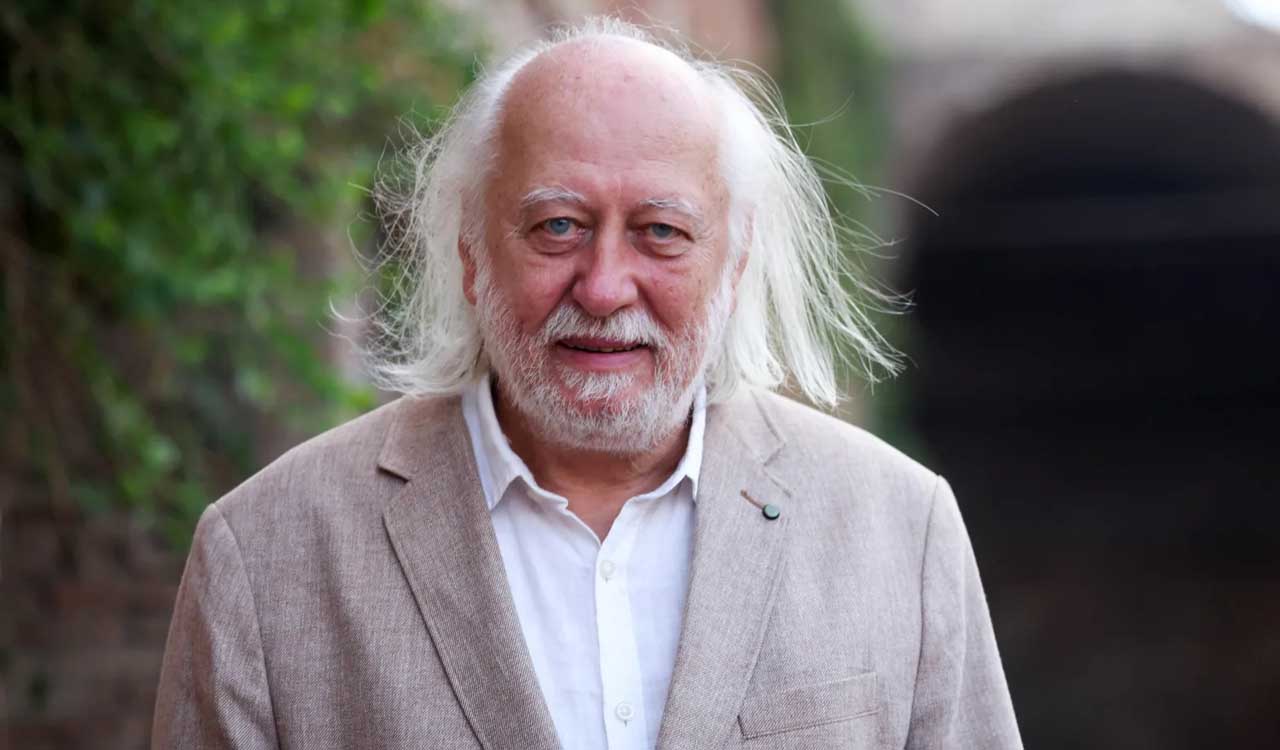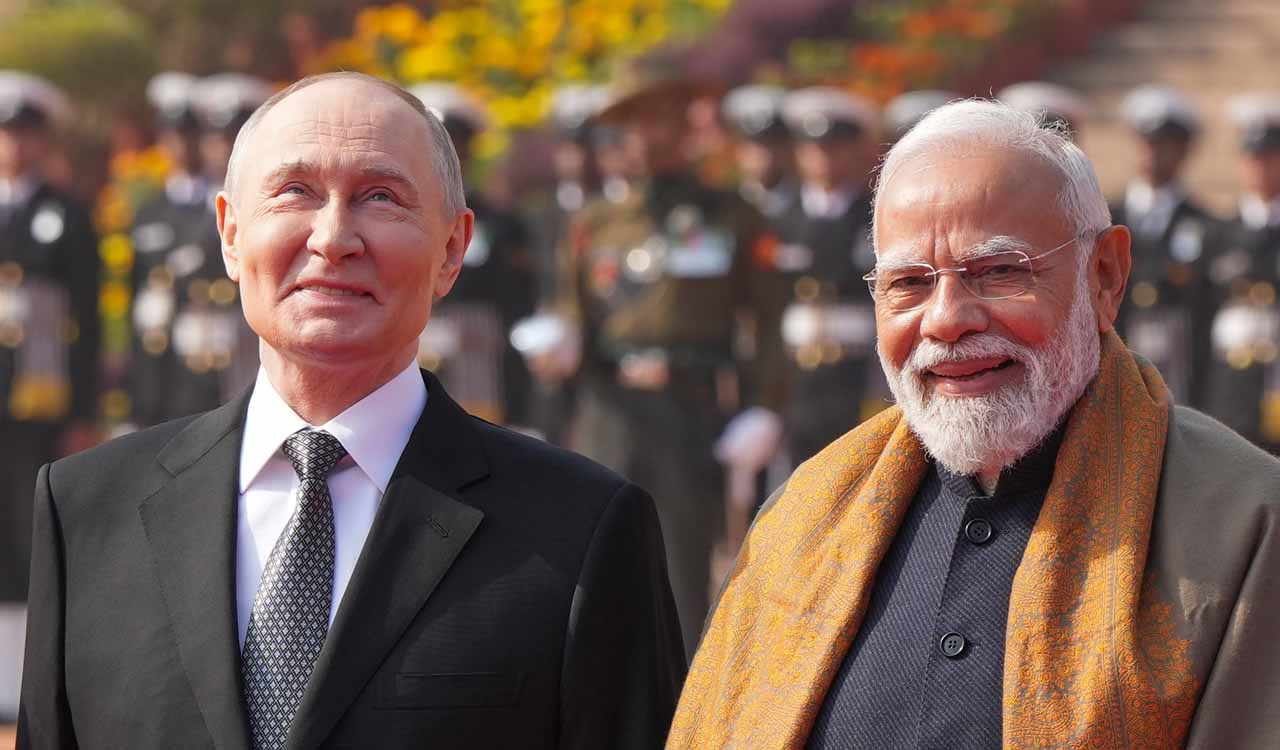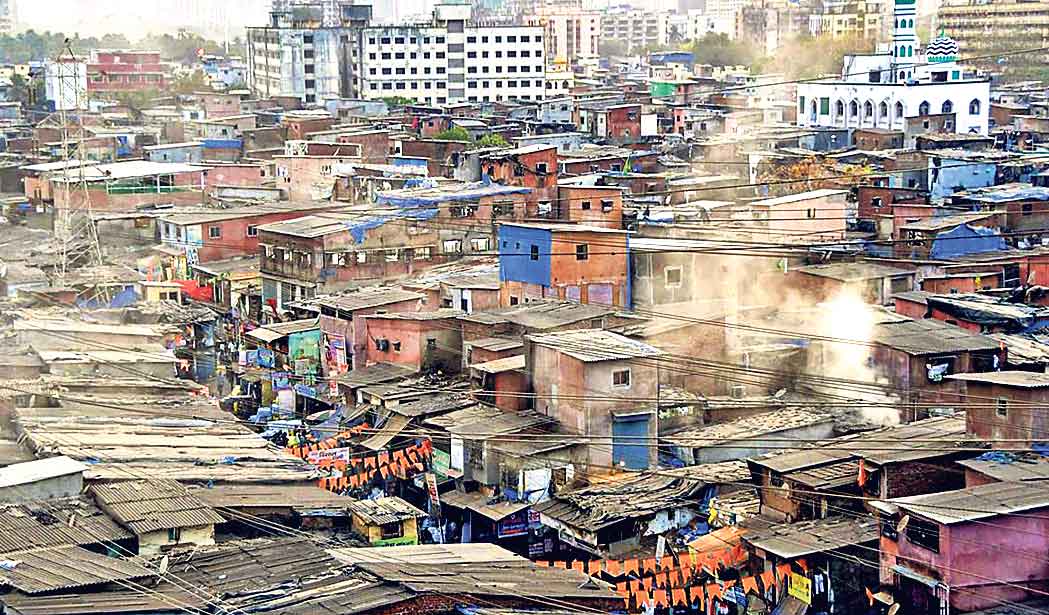Opinion: A Nobel for Decay and Beauty
Nobel laureate Krasznahorkai saw beauty in ruin – because the moment beauty is perceived, however faintly, it becomes proof that life still holds value

By B Maria Kumar
Lately, I feel that we encounter his characters in our daily lives, more visibly than we realise. When we see destitute people sitting in a dark corner of a crowded railway station, lost in their own world of anguish and agony, his creations seem to come alive through their haunting silence. Those who sustain grave injuries in a group clash, despite having no personal enmity with either side, appear as his characters too — bleeding, bewildered, and dying for no sensible reason.
Also Read
Each time we hear of someone who feels weary of this dreary world and longs for things to be otherwise, we sense yet another of his authentic souls. And countless more of his characters flash before us in different shades of our social life. The remarkable man who brought such beings into existence is László Krasznahorkai, the Hungarian writer who won the 2025 Nobel Prize for Literature.
A Catastrophe!
When Jenny Rydén, an official of the Nobel Prize Organisation, informed László Krasznahorkai of his selection for the prestigious honour, his first reaction was strikingly unusual. He said that his win was “more than a catastrophe.”
Decades earlier, when the American author Samuel Beckett learned of his own Nobel recognition, he too called it a catastrophe — a disaster not born of resentment but of irony. For Beckett, global acclaim was an unbearable weight on his quiet, minimalist life — like Sisyphus, condemned to push a boulder he never chose, yet fated to endure. Krasznahorkai went a step further, calling his honour a greater catastrophe, for he saw it as a moral weight, a lifelong responsibility to keep awakening the world to the need for compassion, and to help free humanity from its poverty-stricken, sorrow-laden, and despairing existence.
Challenging Cruelty
Krasznahorkai is a keen observer of the human condition. His portrayals of people trapped in miserable circumstances reveal his deep concern over the unequal spread of suffering and privilege across society — an inquiry reminiscent of Harvard professor Michael Sandel’s argument for the equality of conditions, where the unfortunate deserve the means for a dignified life of esteem.
Krasznahorkai’s narratives relentlessly probe the question of who or what bears responsibility for human misery. His moral reach even extends beyond humanity itself, as seen in his essay about a horse in the Italian city of Turin. There, he recalls an incident involving the German philosopher Friedrich Nietzsche, who, in the late nineteenth century, witnessed a cab horse being brutally beaten by its driver. Overcome with grief and empathy, Nietzsche embraced the horse’s neck — an act of pure compassion but also of helplessness.
Krasznahorkai called his Nobel honour a greater catastrophe — a moral weight, and a lifelong responsibility to keep awakening the world to the need for compassion
In his essay, titled ‘At the Latest in Turin’, Krasznahorkai revisits this haunting moment to question why Nietzsche, despite his moral depth, did not challenge the cruelty directly. Through this reflection, he urges humanity to confront inhumanity itself — reminding the world that Turin’s incident must stand as a final call to act against injustice in all its forms.
Silent Crises
Krasznahorkai did not stop with the essay. Together with his longtime collaborator, the filmmaker BélaTarr, he transformed the idea into a screenplay that expanded the moral parable into a broader exploration of existence. The resulting film, ‘The Turin Horse’, set in a desolate Hungarian rural landscape, captures the same relentless despair and ethical urgency that define his vision of the world.
When I watched the movie, I became more thoughtful about life itself. The restrained tone and measured pace of the film touched me intensely, reflecting the silent crises of meaning that unfold unnoticed in our own lives. The film makes us question what the purpose of human existence should be. Its three main characters — the paralysed old man, his daughter, and their exhausted horse — reveal the stark reality of the other side of life. The sombre scenes in the movie remind us of eighteenth-century London’s nights of hardship and adversity described by Oliver Goldsmith in ‘A City Night-Piece’.
Another story by Krasznahorkai, ‘An Angel Passed Above Us’, is set during the ongoing war in Ukraine. Two wounded soldiers lie in a muddy trench waiting for help. One, a data analyst by profession, keeps talking to his seriously injured comrade, hoping to keep him conscious until rescue arrives.
Yet, in the battlefield filled with high-tech warfare, no technology comes to the aid of the dying soldier. For Krasznahorkai, the angel represents modern technological progress that moves above the grieving people without ever reaching down to save them. His story exposes the great contradiction of our age, where science advances rapidly but compassion continues to fade.
Krasznahorkai sees the world as a place burdened by calamity, where human lives are surrounded by torment and hopelessness. To him, the world appears to be slipping into collapse, and every melancholic event is part of an ongoing breakdown. His bleak vision of a slow-moving apocalypse presents a striking contrast to the optimism of Canadian psychologist Steven Pinker, who believes in humanity’s steady progress.
Beauty and Life
Yet Krasznahorkai’s pessimism does not end in despair, for he also carries a luminous heart that points towards a meaningful way of living even in chaos. His short story ‘How Lovely’ is a masterpiece in this regard, a world apart from ‘At the Latest in Turin’. Alongside ruin, he also perceives loveliness. He laments that we “no longer insist on existence amidst the most profound beauty and decay, we may glimpse something, anything that refers to us.”
Even a dying soldier in a muddy trench can witness beauty in an earthworm tirelessly tunnelling through the soil; that act of seeing beauty is itself an act of discovering meaning in life. Once this realisation dawns, something subtle happens — a reconnection with life. This bond between beauty and life is neither aesthetic nor intellectual but deeply existential. It awakens a primal drive in those who suffer — not just to survive, but to belong to life once more. They begin to understand that despair is not the truth of existence, but only a shadow cast when one stops seeing the beauty around and within.
The moment beauty is perceived, however faintly, it becomes evidence that life still holds value. For Krasznahorkai, this is how his apocalyptic vision becomes a parachute for human existence, slowing our reckless ascent and reminding us that progress without conscience leads only to devastation.

(The author, a recipient of National Rajbhasha Gaurav and De Nobili awards, is a former DGP in Madhya Pradesh)
Related News
-
‘It will be a storm this year’: Nani wishes The Paradise director Srikanth Odela on birthday
2 mins ago -
CBI chargesheets 4 Chinese behind Rs 1,000 cr cyber crime racket; 111 shell companies unmasked
5 mins ago -
Bengal SIR: Irregularity, security breach in hearing phase be treated seriously, cautions ECI
6 mins ago -
Nagaland: Wildfire rages in famed Dzukou Valley for 3rd day
11 mins ago -
Six militants arrested in Manipur for extortion
18 mins ago -
Arctic air sweeps south residents of Pacific Northwest
22 mins ago -
Police search Brown University after shooter kills 2, wounds 9 on campus
29 mins ago -
‘Shameful for Bengal, Mamata should take responsibility’: BJP on Messi event chaos
50 mins ago




